LRS was introduced on February 4, 2004, vide A.P. (DIR Series) Circular No. 64 dated February 4, 2004 read with GoI Notification G.S.R. No. 207(E) dated March 23, 2004, as a liberalization measure to facilitate resident individuals to remit funds abroad for permitted current or capital account transactions or combination of both. These Regulations are amended from time to time through amendment notifications.
The Reserve Bank of India (RBI) has narrowed the definition of relatives to check the flow of funds under the category of ‘maintenance of close relative’ of the LRS. Hence, funds can be sent only to immediate relatives such as parents, spouses, children and their spouses. The definition of relative shall be reckoned as per the Companies Act, 2013 instead of the same act of 1956 as considered earlier. If remittances to relatives other than immediate relatives (parents, spouse, children and their spouse) is under consideration, this move might affect such remittances under LRS.
It is possible that the facility of remitting money through LRS under ‘maintenance of close relative’ category may have been used for commercial purposes, which may have prompted the regulator to narrow the definition of relatives.
Outward remittances under maintenance of close relatives shot up to almost $3 billion in 2017-18 from a mere $174 million in 2013-14. In fact, funds sent under this category have more than doubled since 2015-16. (Refer http://www.thehindu.com/business/Economy/rbi-alters-relative-definition-to-check-outward-remittances/article24194902.ece)
Another important change is that RBI has introduced a system for daily reporting of individual transactions under the LRS by banks. Accordingly, all AD Category-I banks are required to upload daily transaction-wise information undertaken by them under LRS at the close of business of the next working day. In case no data is to be furnished, AD banks shall upload a ‘Nil’ report. AD banks can upload the LRS data as CSV file (comma delimited), by accessing XBRL site through the URL https://secweb.rbi.org.in/orfsxbrl/ as hitherto. This is effective from the date of the relevant RBI circular issued on April 12, 2018. (Refer https://www.rbi.org.in/Scripts/NotificationUser.aspx?Id=11255&Mode=0)
Since, Permanent Account Number (PAN) is mandatory for all remittances, data can be aggregated for each sender PAN-wise almost on a real time basis and would bring in strict mechanism for monitoring. This allows AD Banks to view the remittances already made during the fiscal and improves compliance, as per the scheme. A mere declaration was sufficient earlier, now the banks can actually monitor the fund transfer limits on real time basis. Beware!
Also Read- PAN Mandatory for all remittances under Liberalised Remittance Scheme







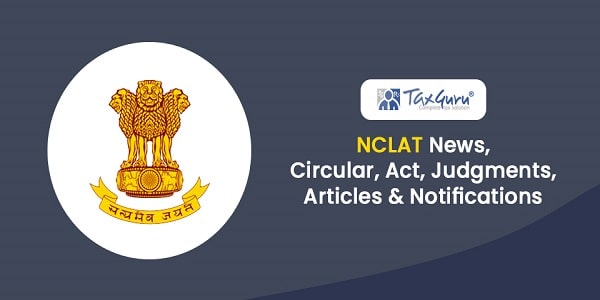







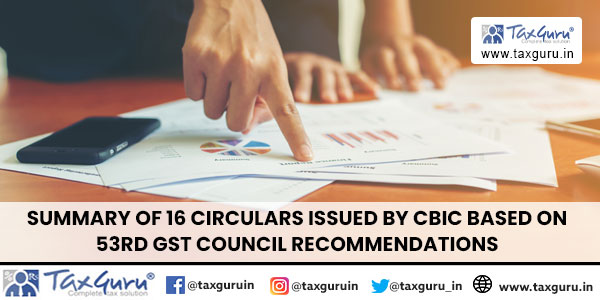

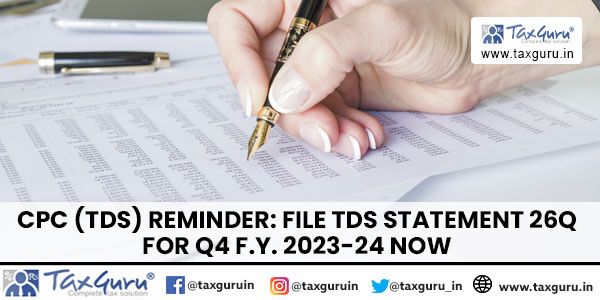

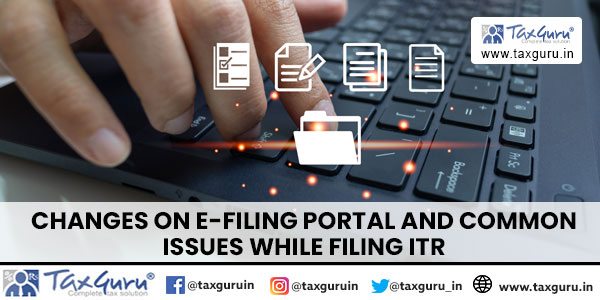
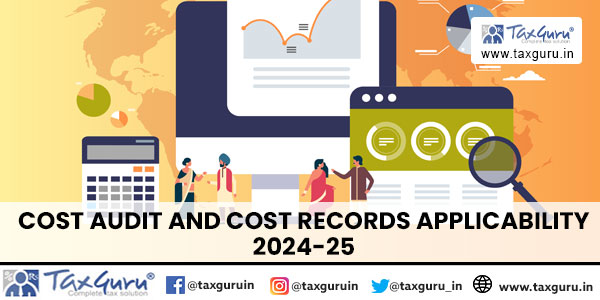









I have a question. If a family books a holiday through a travel company then what happens? Whose PAN is required? The person who makes the payment to the travel company or the travel company who pays the bank? Since GST is applied by travel company on the traveller, then it should not come under LRS since LRS is not under GST. So confusing.